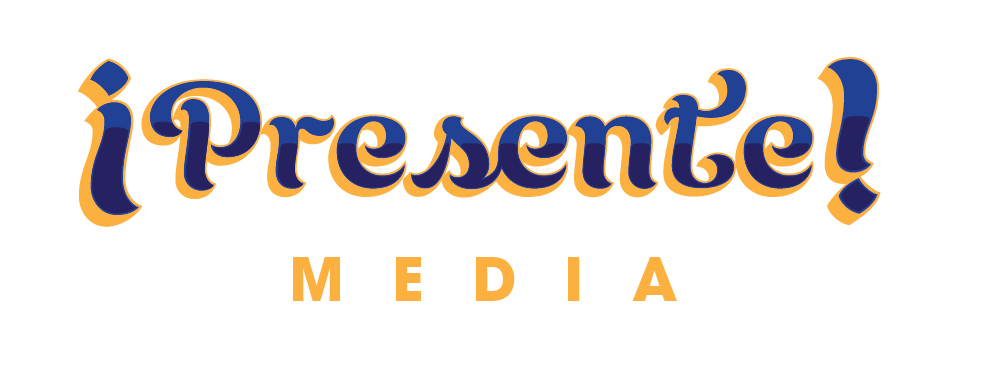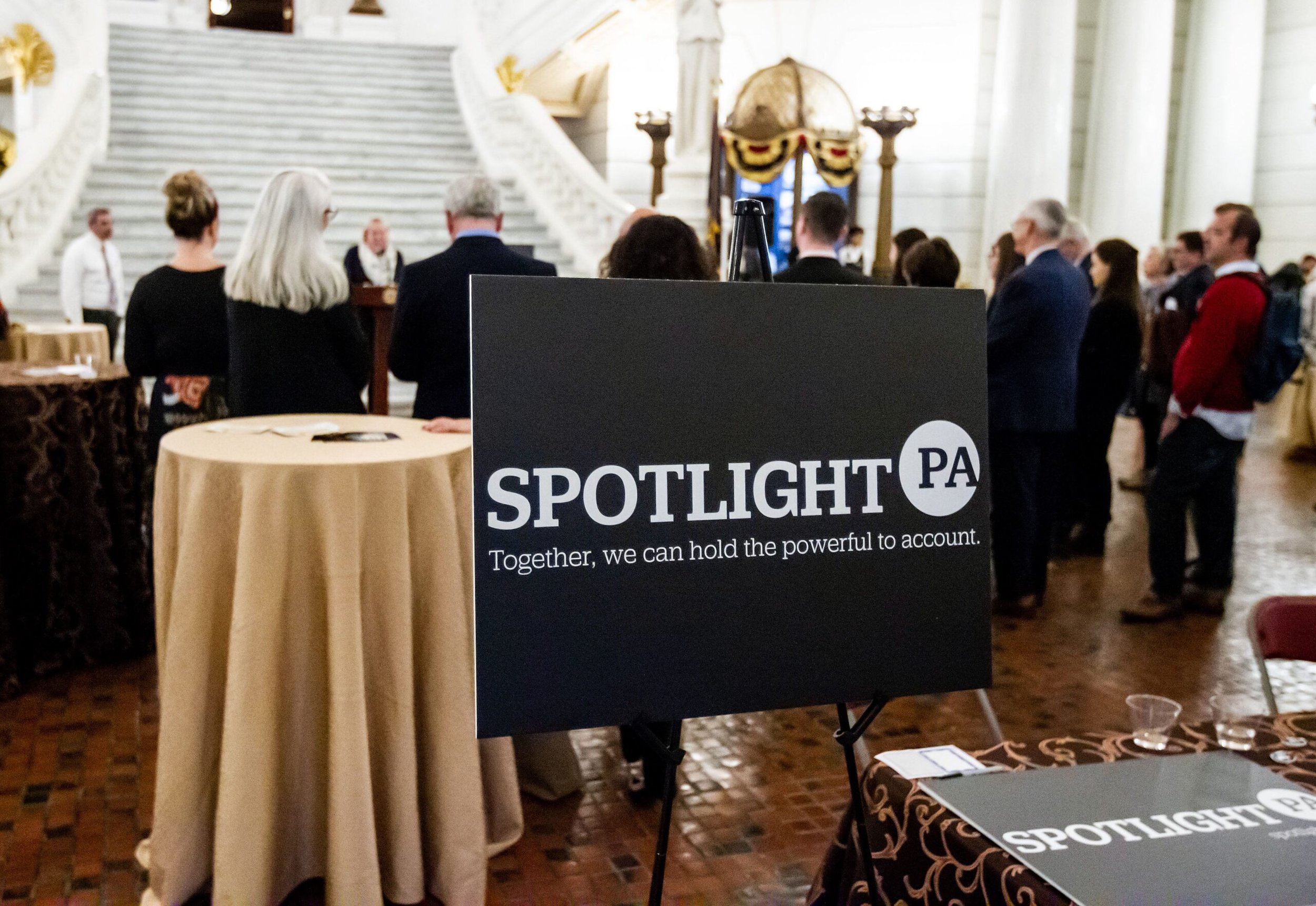Story of a misnomer and the woman set to fix it
BY MICHELLE MYERS ON NOVEMBER 3, 2021
The “Panama hat” real name is Toquilla hat and it doesn’t belong to Panama. In Philadelphia, Silvia Roldán has been working to revendicate the name. Photo: Michelle Myers/Presente Media.
Toquilla hats have been an on and off trendy accessory for centuries. Yet, people are still unaware of their origins. They call them “Panama hats,” while 752 miles south in Ecuador, Indigenous people work for months to create them. Entrepreneur Silvia Roldán has made it her mission to educate people about the misconception, while contributing to two countries' economies and helping keep the tradition of the toquilla hats alive.
In 2014, Silvia Roldán moved to Pennsylvania from Ecuador. Not to pursue the “American Dream,” but rather because she had fallen in love. Coming from a comfortable middle class life, with a college degree in Tourism and Hospitality, and not being fully fluent in English, she knew things would be different. But she wasn’t prepared for all that comes with uprooting oneself.
Although she loved being with her partner and her in-laws were “lovely people,” Roldán felt isolated. Not only did she miss her support system and career, she missed her culture and its traditions. Now unable to work or further her education—while her green card processed, she was stuck in the suburbs—it was hard for her to find a community of people who looked like her or shared the same experiences.
Keep in mind, most Americans don’t know where Ecuador is, so in a country where only 1% of Latinx are Ecuadorian, Roldán felt the only way to connect to her culture was to keep it alive. The story of the toquilla hat and its misnomer had always intrigued her, how did it manage to get so culturally misplaced? And how could she help amend the misconception?
“There is something about history, especially the kind that is still alive,” says Roldán. “You can go to Ecuador and see how they make the hat, and what it means to them. It's something that I think I fell in love with,” she adds. And soon she and her husband moved to Philadelphia, where Roldán set herself to learn as much as possible about the hat and figure out how to bring its history to the City of Brotherly Love.
The many versions of a misnomer
It is unknown when exactly the hat lots its original name, but the stories range from the California Gold Rush to the Panama Canal. Photo: Michelle Myers/Presente Media
According to Roldán, there are many versions as to why the hat became known as the “Panama hat.” The origin story is somewhat of a myth with a common beginning that at some point diverges to try to explain the exact moment where Ecuador lost its connection to the hat.
Back in the 16th century, the Spanish conquistadors that arrived to what is now the coast of Ecuador, saw the Indigenous cultures Huancavilca, Mantas and Caras combined their traditional clothing with a hat unlike any other they had seen before. It was enticing enough to not culturally wipe it out. But for the next century it is unclear what happened to it.
By 1629, a foreign man named Francisco Delgado arrived in the province of Manabí, and upon realizing the Indigenous people's ability to knit the straw, he started creating hat patterns for them to make and for him to sell. Soon, the creation of the hat extended from the coast of the country to Azuay, in the Ecuadorian mountain range of Cuenca.
In 1835, Spaniard political expatriate Manuel Alfaro y González saw the hat for the first time in Montecristi. He dedicated his life to creating a business model to commercialize it, with the ultimate goal being exportation. Through the Isthmus of Panama, he and his wife, María Natividad Delgado, managed to make the toquilla hat well known to travelers. This is where the common ground of this misnomer’s origins ends.
According to some, in 1848, the California Gold Rush had kicked in and many were traveling by sea-route, crossing Panama to reach the golden state. On their way, some acquired the hat and started calling it “Panama hat,” which spread quickly. Others disagree with this theory, and instead place the origin of this confusion on the Paris 1855 World's Fair, where the hats were exhibited as coming from Panama, because that was listed as the port of sale.
However, in 1898, during the Spanish-American war, the U.S. Government commissioned Ecuador for 50,000 toquilla hats. This made it seem as if history had corrected itself. Yet, eight years later, when former President Theodore Roosevelt visited the Panama Canal the collective memory seemed to fail again and another misnomer story was born.
Due to the historical context surrounding the acquisition and creation of the canal, Panamanian President Belisario Porras asked Alfaro y González to make a hat for the U.S. President. The story says he agreed and sent it over at no charge with only one condition, to tell Roosevelt that the hat was made and sent from Ecuador. But that didn’t happen. The 26th President wore the Ecuadorian hat, but the world started calling it Roosevelt’s “Panama hat.”
We might never know when the misnomer truly happened, but to this day people are shocked whenever Roldán explains the iconic headwear is not Panamanian. So after winning a scholarship by the Welcoming Center for New Pennsylvanians, to a program designed to teach immigrants how to start a business, she decided to create an entire business dedicated to importing the toquilla hat and helping it become known in Philadelphia.
What makes the Toquilla hat special
Silvia Roldán at Reading Terminal Market in 2019 . Photos courtesy of Silvia Roldán
In 2017, YAKU WARE was born. Yaku means water in Quechua—one of Ecuador’s Indigenous languages, a key ingredient for the survival of the toquilla palm growing in the coast of the country.
Once cultivated, the fibers are manually separated from the stems with a needle—turning into toquilla straw, boiled to remove the natural green pigment, and taken to Indigenous families for knitting. The thinner the fiber, the finer the grade, the more expensive the hat is.
They weave most of the hat on their feet, pressing the straw with their own bodies, between a table and circular wooden structure. Once fully knit, the hat is hand washed and left in a wooden oven for 24 hours, to attain the right texture and color. Afterwards, they leave it in the sun for a couple of hours. Then, the artisans beat it with a wooden mallet to soften the straw and give it some shape. Finally, they iron it with an antique hot iron heated on a coal fire to smooth the weave. Depending on the fineness of the weave completing this process can take between one day to eight months.
The uniqueness of the craft has gained it the status of Intangible Cultural Heritage by the United Nations Educational, Scientific and Cultural Organization (UNESCO). Unfortunately, it is becoming a dying art. Despite authentic toquilla hats being priced between $100 to thousands of dollars, for decades crafters only received very little money and lived in poverty conditions. Forcing the younger generations to search for new paths to make a living and leaving the responsibility of keeping the tradition alive on the shoulders of elderly women and homemakers.
Under this scenario, in the late 2000’s to early 2010’s, associations of female crafters began to form. By 2012, 90% of toquilla hats came from 2,500 female crafters from multiple associations in Azuay, and the province soon became home to 4 export companies.
“Because of the pandemic, there are some who have migrated, but some have stayed, because there are organizations like these that help the communities to generate resources through fair payment,” says Roldán. That is why it is imperative to make sure the toquilla hats are coming directly from these associations. Without a middleman, the women who manufacture the hats can get fair compensation for their work.
Why choose to bring this hat to Philadelphia?
For Roldán the answer is cultural, but also very personal. She is no longer the same young woman that just longs for her country. She took control of the situation, learned English, earned a master’s degree and set up her small business in less than a decade. And since her daughter was born, she feels truly part of the fabric of America.
Now she has all the tools to help her keep the story of the toquilla hat alive, and bring to light the efforts of the Ecuadorian women who make it. But on a deeper personal level, her entrepreneurship to keep the tradition alive and contribute to both the U.S. and Ecuador’s economy lays on the hope that they don’t have to emigrate. So they don’t have to feel uprooted and isolated like she once felt.
Between January to August 2021, over 89,000 Ecuadorians have been forced to risk their lives crossing the U.S.-Mexico border to keep their families back home afloat, 29 of them have disappeared in the process. Although their economy is connected to the U.S.—with the dollar as their only form of currency, Ecuador has been in an economic and political crisis for years, with the COVID-19 pandemic gravely exacerbating the problem.
If you would like to know more about the story of the toquilla hat, the process, or the women who make them, reach out to Silvia Roldán on Instagram.













